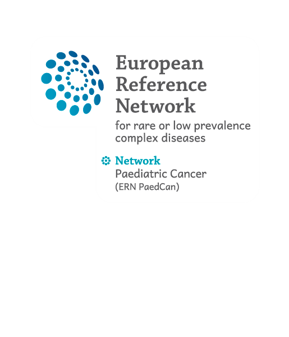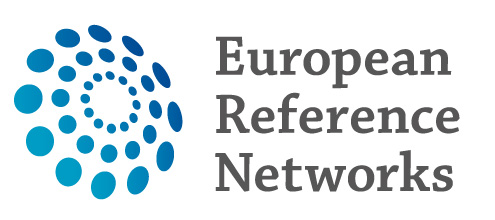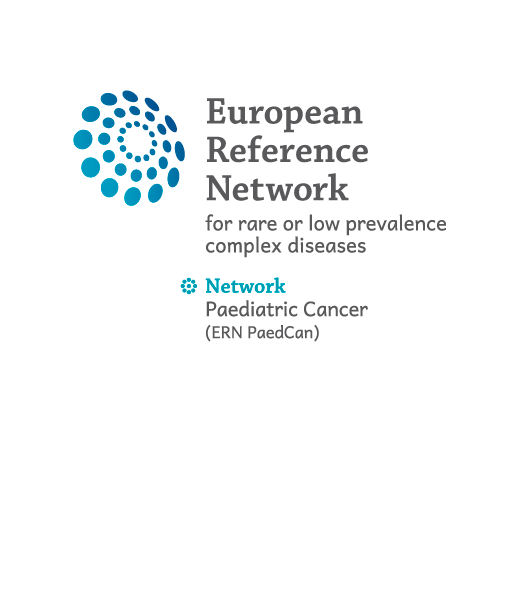Cancer is a life-threatening disease, and there’s still a long way to go to overcome inequalities and ensure safer and good quality treatment across EU borders. The need to improve access to standard care across Europe and to increase the cure rates for all paediatric cancer types should be a priority for all those who care for childhood cancer patients and survivors.
Cross-border healthcare needs to unite specialists across Europe to tackle complex or rare cancer conditions that require highly spcialised interventions and a concentration of knowledge and resources.
Childhood Cancers
Paediatric cancer comes in multiple subtypes and represent both a life-threatening disease and a major public health issue. With 35,000 children and adolescents newly diagnosed with cancer across Europe and 6,000 young patients dying each year, it remains the leading cause of death from disease for children older than 1 year of age.
Average survival rates have improved in recent decades: for some conditions the progress has been dramatic, while for others the outcomes remain very poor. Significant inequalities in survival rates are also a challenge in Europe, with worse outcomes in Eastern Europe.
The European Society for Paediatric Oncology (SIOPE) has been at the forefront in addressing health inequalities since several years, for example by including this target in its electoral Manifesto of 2014, by detailing the objective “Equal Access” in the widely endorsed document ‘SIOPE Strategic Plan – A European Cancer Plan for Children and Adolescents’ and by including this purpose in the EU-funded projects ENCCA and PanCareSurFup.
The foundation of the present European Reference Network for paediatric oncology (ERN PaedCan) were subsequently laid by the ExPO-r-Net project (European Expert Paediatric Oncology Reference Network for Diagnostics and Treatment), which managed to consolidate the preconditions for this large multinational network. All these efforts successfully resulted in the official approval of the ERN PaedCan by the Board of EU Member States in December 2016.
The ERN officially kicked off on 29-30 June 2017 in Brussels, Belgium. It will facilitate the existing European healthcare structures in their provision of highly specialised, accessible and cost-effective cross-border healthcare to all childhood cancer patients. SIOPE and the paediatric haemato-oncology community stress their willingness to make this important initiative work in the long term, for a future where all children and adolescents with cancer can be cured.
The ERN PaedCan will increase childhood cancer survival and quality of life by fostering cooperation, research and training, with the ultimate goal of reducing current inequalities in childhood cancer survival and healthcare capabilities in EU Member States. It will enable access to data diagnositics and treatments by facilitating the exchange of knowledge and expertise, allowing information to travel rather than the patients through the implementation of Virtual Tumour Boards (learn more).
EU Background
European Reference Networks (ERNs) are virtual networks involving healthcare providers across Europe. They aim to tackle complex or rare diseases and conditions that require highly specialised treatment and concentrated knowledge and resources.
Health systems in the European Union aim to provide high-quality, cost-effective care. This is particularly difficult with rare or low-prevalence complex diseases or conditions. Between 5,000 and 8,000 rare diseases affect the daily lives of around 30 million people in the EU.
How do ERNs work?
To review a patient’s diagnosis and treatment, ERN coordinators convene ‘virtual’ advisory boards of medical specialists across different disciplines, using a dedicated IT platform and telemedicine tools. The process and criteria for establishing an ERN and for selecting its members are set in EU legislation.
24 Networks
The first ERNs were launched in March 2017, involving more than 900 highly-specialised healthcare units from over 300 hospitals in 26 Member States. 24 ERNs are working on a range of thematic issues, and the one on childhood cancer is the ERN PaedCan.
Legal background
- Directive 2011/24/EU on patients’ rights in cross-border healthcare;
- Commission delegated decision listing the criteria and conditions that healthcare providers and the ERNs should fulfil;
- Commission implementing decision containing criteria for establishing and evaluating ERNs, including the exchange and dissemination of information about the ERNs.
The ERN initiative receives support from several EU funding programmes, including the Health Programme, the Connecting Europe Facility and Horizon 2020.
Board of Member States
The ERN initiative is mainly driven by the EU Member States. The Board of Member States is the formal body in charge of the approval and termination of networks and memberships as provided in the Commission’s Implementing Decision. The Board is comprised of representatives of the 28 EU Members States and the EEA countries.



